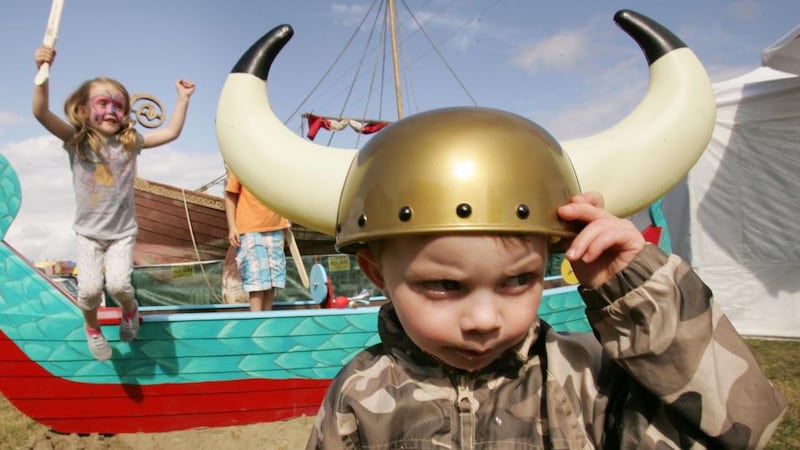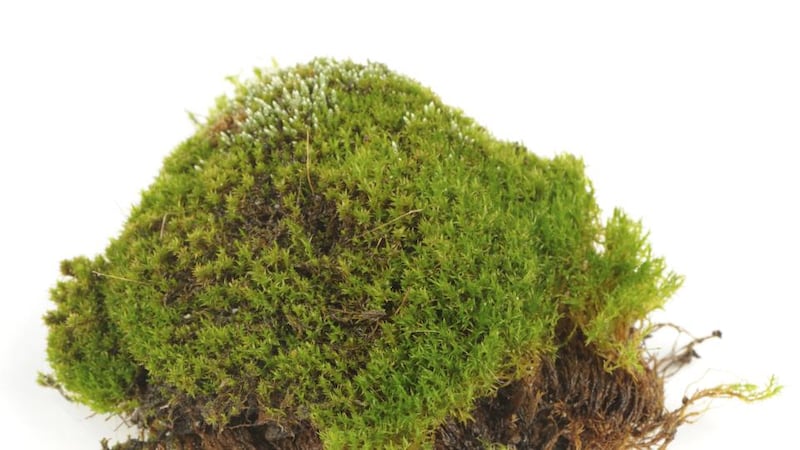1: They wore horned helmets
They did not. Never. Not once. Not even to try one on to see how they looked. Not even when they were practising the very first Viking Splash tours. This is the greatest and most prevalent myth about the Vikings, one on which so many Hägar the Horrible comic strips have been based and so many plastic souvenir hats sold.
Vikings were most likely to wear domed leather hats when they wore any at all. A metal helmet with a visor and chainmail from that period has been found – but, again, without horns.
Why would they not have worn horned helmets? For many reasons. They would have been useless in battle, as they would have been easy for an enemy to grab. They would have been a difficult to store on Viking ships. And if anyone had sat on one of them the wound wasn’t worth thinking about – especially in days long before antibiotics.


So why do we portray Vikings as wearing horned helmets? Thanks to the costume designer on an 1876 production of Wagner's Ring cycle, who had to dress Valkyries of Norse myth and borrowed from ceremonial headgear he saw in a Scandinavian museum. Vikings never wore wings on their helmets, either. The Valkyries did, although they didn't exist in the first place.
2: They were bloodthirsty pillagers
They were, but only when they needed to be. The Vikings were about far more than that. Their arrival in Ireland didn't simply result in things (and people) going missing; it was also the beginning of a cultural exchange that introduced money, technology, people, trade, towns, words and names.
Although the original Viking expeditions were about raiding islands and coastlines, once they began to settle down they started to establish relations with the natives.
In 840 a Viking fleet became the first to stay out a winter in Ireland, and by the 850s a Viking king had married into an Irish family. Irish kings used Viking mercenaries to do their dirty work for them.
Where there was a population there was an opportunity to trade goods. They included the ancient clumps of moss found in Viking Dublin by archaeologists. Why a trade in moss? Because toilet paper hadn't been invented yet.
3: Vikings were all the same nationality
Although they came from Scandinavia, Vikings were not united. From very early on the Irish had even distinguished between the two based on their appearance: the Norse were the Finngaill ("Fair Foreigners") and the Danes the Dubhgaill ("Dark Foreigners").
Ireland became a scene of power struggles between the two competing groups. The Norse were the original settlers in Dublin; after being pushed out by Irish raiders, in 902, the Vikings who returned to conquer Dublin in 917 were Danes.
4: They were long-haired and dirty
Vikings
, the drama that has just finished on RTÉ Two, did a good job of getting the men's haircuts right. The Vikings didn't look like Thor, with hair flowing across their shoulders. Instead they shaved either side of their heads and left the hair to grow long on top.
They also developed a reputation for being very clean, at least by the standards of the time (although the Arab diplomat whom Mary Russell quotes on page 4 thought otherwise). So regular was their weekly bath that the Icelandic word for Saturday comes from the old Norse words for “bath day”.
Vikings were also noted for washing their faces and hands regularly, and for combing their hair. Comb-making was a decent trade; combs were made from deer or elk antlers, and sometimes ornately carved.
To go that extra mile, women would also sometimes carry an "earspoon" on their brooches, not just as an ornament but also because they were literally used as ear spoons. Cotton buds were many centuries away from being available in the shops.
5: The Vikings founded Dublin in 988
Back in 1988 the capital celebrated its "millennium" – even though it was almost 150 years too late. The Vikings first turned up in what would become Dublin in 840. It was the conquest of the city by an Irish high king in 988 (although the date isn't certain) that gave the excuse, in 1988, for a 1,000th birthday – and for the unforgettable slogan "Dublin's Great in '88".
6: They pioneered the slave trade
The slave trade was undoubtedly important to the Vikings, and to the early economies of the Irish towns they developed, but the Irish had been raiding for centuries before that. The most famous example was St Patrick, who was grabbed from the west coast of Britain by pagan Irish raiders taking advantage of the Roman withdrawal in the fifth century. Female slaves were the most valued at the time, with boys next and older men at the bottom of the ladder. In fact a male slave was known as a mug. A female slave – a "cumal" – was actually a currency, used to value fines, land and occasionally a person's life.




















